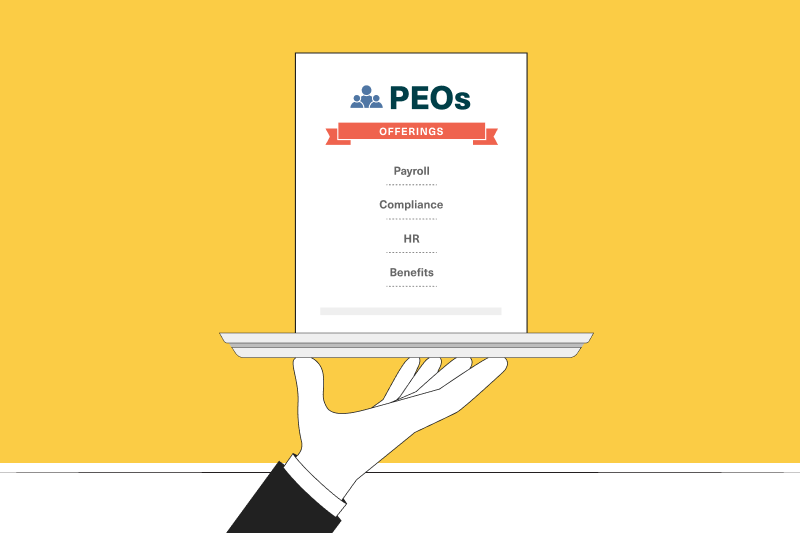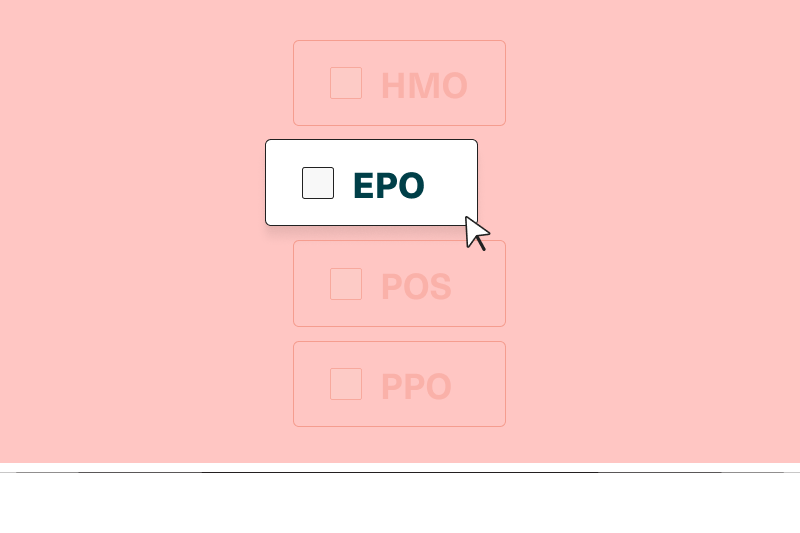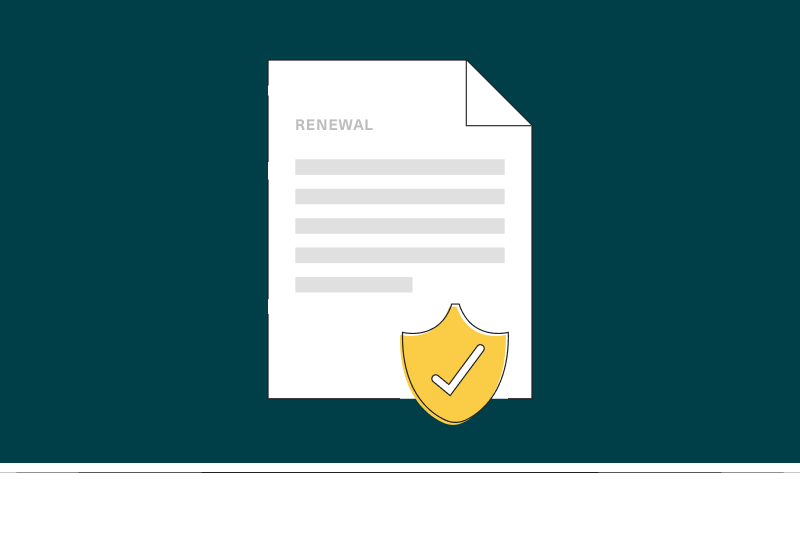How do self-funded health plans work?

How do self-funded health plans work? Basic concepts and data
If you’re navigating the small business insurance market for the first time, you may have heard of the term self-funding and wondering “how do self-funded health plans work?” How does it compare with other types of insurance? Covering the basics first may help.
The Kaiser Family Foundation (KFF), a reputable organization that generates trusted health data, says self-funding consists of “an insurance arrangement in which the employer assumes direct financial responsibility for the costs of enrollees’ medical claims. Employers sponsoring self-funded plans typically contract with a third-party administrator or insurer to provide administrative services for the self-funded plan.”
A self-funded health care plan is an alternative to a fully-funded plan, with which you’re probably more familiar. Self-funded health insurance is sometimes called “self-insurance,” but it’s the same thing. Self-funding’s increased popularity among small businesses is mainly due to the plans’ affordability and flexibility. It’s ideal for small businesses.
A 2020 KFF report revealed interesting data to show how many employees are covered under this type of plan:
- 67% of covered employees were in a self-funded health plan in 2020
- 23% of covered employees in small firms were in a self-funded plan
Another study from Deloitte and Advanced Analytical Consulting Group adds that 60% of covered workers in firms with three or more employees were partially or entirely self-funded plans. Lastly, The International Foundation of Employee Benefit Plans reports that between 1999 and 2014, the proportion of public and private sector workers covered by a self-funded health plan increased from 44% to 61%.
These stats validate how attractive these plans have become to companies that want to ensure their employees. To answer how self-funded health plans work in a more precise way, let’s break it down step by step:
- After choosing their preferred partner and coverage type, the employer will pay a fixed monthly amount to the insurance carrier and will also pay the claims employees make. Self-funding offers a “pay-as-you-go” approach.
- Employers can pay claims as they come in or deposit the expected or maximum costs into a trust account every month. Both the employer and employees can contribute to the plan’s payment – it’s up to the employer how much each contributes.
- If claims totals are lower than the dollar amount available in the trust, the employer gets a rebate check or a credit at the end of the year, ensuring they pay only for the medical care their employees used.
- On the other hand, if the claims totals surpass the amount available in the trust, the employer has to cover the additional amount.
- There is a chance of an extremely high claim overage (or “catastrophic claims,” as you may hear in the insurance industry jargon). Since there’s a risk of facing this scenario, you can additionally protect your self-funding plans with stop-loss insurance. This add-on is a reimbursement mechanism that kicks in when claims exceed predetermined levels. When a self-funded plan has this protection included in its rates, it is called a level-funded plan.
Because self-funded health plans are less known than traditional plans, it may require time to understand all the concepts involved. Choosing the right insurance partner may ease this process by guiding you with expert customer service reps, always available to answer questions via email, chat, or phone.
Related: Self-funded health insurance pros and cons
What can a self-funded plan do for my business?
At this point, you may have a general idea of how self-funded health plans work, but let’s review them in more detail by looking at the advantages. Here’s what acquiring self-insurance can do for your company.
Save you and your employees money
Self-funded insurance plans save businesses money by cutting unnecessary expenses included in most traditional plans (i.e., taxes on gross premiums, administrative and underwriting costs, premiums based on community rates, claims management costs).
Your total average savings could range from 10% to 30%, depending on your unique company’s characteristics, location, and, of course, the carrier you choose as a partner.
If your small business has relatively healthy employees, self-funding is an excellent option since you (instead of the carrier) will fund the plan. Because the carrier has less risk, they can lower their rates.
Help you predict your budget with greater certainty
A self-funded plan will allow you to plan your budget with no sudden cost surprises. You pay a fixed premium amount every month, and it is capped at a predetermined maximum. In case you are wondering how this works in level-funded plans, here’s what the Society for Human Resource Management (SHRM) has to say:
“With a level-funded plan, an employer pays a health carrier the same monthly amount to cover the estimated cost for expected claims, the premium for stop-loss insurance that covers health care costs over a set dollar amount and plan administration costs. Suppose total claims costs are higher or lower than expected. In that case, the carrier makes adjustments at the end of the plan year in the form of a refund to the employer for lower claims or a premium increase on the stop-loss insurance renewal for higher claims.”
With a leveled type of self-funded plan, you will have the peace of mind of having a backup in case claims are excessively high at some point, without affecting your budget projections.
Allow you to implement wellness programs
When claims are low and your company gets rebate checks, you can choose to reinvest those funds into wellness and preventive health programs. Wellness programs can include campaigns for weight loss, quitting smoking, creating awareness on mental health, or getting preventive examinations. These initiatives will translate into happier and healthier employees, with the added benefit of a more competitive company.
Leading carriers will reimburse you 100% of any remaining funds in your policy because they will not take a cut from it like most traditional insurers. And who doesn’t appreciate a refund?
Related: What can small business owners do for health insurance?
Customize benefits
Modern self-funded carriers offer more flexible plans. You can customize the benefits you will provide to your employees and have additional services at no extra cost, such as telemedicine, mental health care, physical wellness, maternity care, etc.
Control data
In a traditional, fully-funded plan, the carrier controls employee claims data. You have no visibility into the number or types of claims filed. Instead, self-funding lets you control this information which grants more transparency and accountability. The data will also let you design accurate wellness and alternative care initiatives, which will help you lower insurance costs over time.
Claims and benefits management
With self-funding, your company only pays for the claims your employees make. You can manage these claims directly, saving you from administrative red tape and fees that fully-funded carriers usually charge. Self-insurance offers more control over the benefits for your employees as well, and you don’t need to go through the carrier to access these benefits.
Choosing Sana as your preferred insurance company will not only give you the best and more modern options in the self-funded health care industry. Sana’s qualified customer service staff will take care of your company’s needs, from the quoting process to benefits management, with the support of leading tech tools to make your job easier. Get a quote today.






